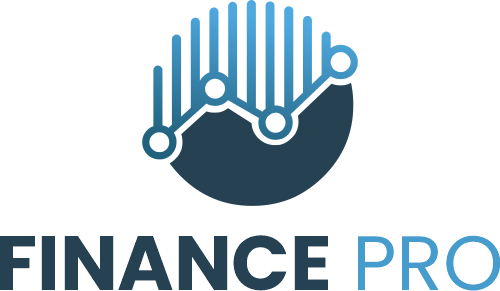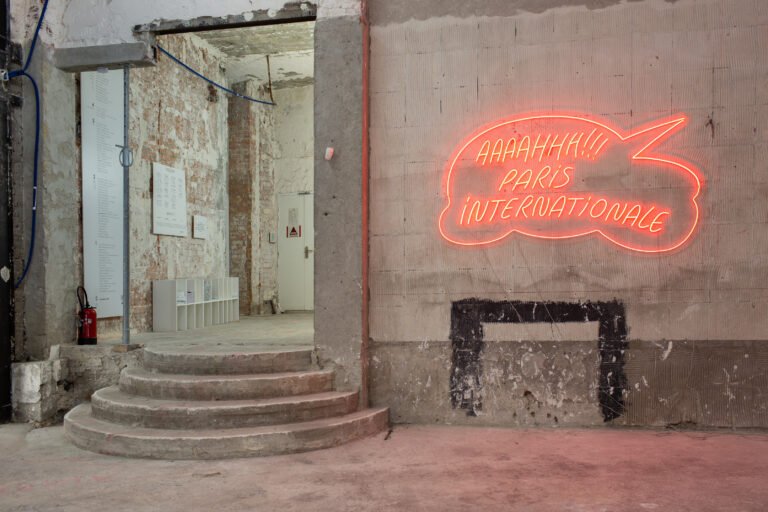
Paris Internationale was founded in 2015 by a group of galleries as an alternative to the more traditional, commercially driven art fairs of the time, such as the historic Parisian fair FIAC and the now distant Art Basel in Switzerland’s Crystal Tower. The goal was to create a community-centered platform built by dealers for dealers, with their needs at its core. Ten years later, both the art market and the world look very different. The market’s rapid global expansion has put new pressures on galleries to join an ever-growing, nonstop circuit of fairs, all while facing escalating participation costs. In this new climate, as post-pandemic exuberance cools, the gallery-led, collaborative model is regaining its allure.
Similar initiatives are now emerging in Paris and beyond as gallerists navigate shifting market dynamics and rising overheads. Place des Vosges, founded by L.A. dealer Chris Sharp, is already in its second edition this year, joined by other boutique, cooperative models such as 7 Rue Froissart—launched by Parisian dealer Brigitte Mulholland and Sara Maria Salamone of Queens-based Mrs.—following NADA’s quiet withdrawal from the Paris scene. Meanwhile, Half Gallery’s Bill Powers is reviving his independent Upstairs Art Fair concept during Paris Art Week, hosted at the ever-fashionable Hôtel Grand Amour, further fueling the city’s expanding ecosystem of nimble, dealer-driven boutique fairs. Just a week earlier in London, the young and energetic hotel fair Minor Attraction—which debuted only last year—already gained a Frieze satellite companion: the new female-dealer-led initiative Echo.
Ahead of today’s opening day—during one of Paris’s busiest art weeks in recent memory, amplified by Art Basel’s arrival tomorrow and following the announcement of a new Milan edition—Observer spoke with director Silvia Ammon about how the fair anticipated this evolving, more cooperative art fair model.
“When we founded Paris Internationale in 2015, it stemmed from a shared intuition that the traditional art fair model had become too rigid—overly formatted, disconnected from the realities of artists and galleries,” she explains. “We wanted to build something more organic and more human: a fair conceived by galleries for galleries, where collaboration, experimentation and a genuine dialogue between artists and their audiences could take place.”


As many galleries face rising costs and shifting collector preferences, the need for agile, cooperative formats has grown more urgent. Paris Internationale’s independence and non-profit structure, she explains, have allowed it to evolve freely without the pressure of investors or corporate stakeholders. “This autonomy is essential—it lets us stay responsive to the field’s changing needs rather than being driven by market imperatives,” Ammon says, describing each edition as a kind of laboratory. “We question our format constantly—testing new spatial configurations, rethinking the visitor experience and fostering unexpected exchanges between galleries, curators and the public.” It’s precisely this capacity for reinvention—rooted in the fair’s collective and experimental DNA—that keeps Paris Internationale alive and relevant.
From the start, the fair has maintained a distinctive “alternative” character—from inhabiting raw, semi-abandoned spaces to cultivating a communication strategy attuned to younger audiences. Ammon insists this spirit has never been performative but is instead foundational. “From the beginning, we’ve chosen to inhabit spaces that are raw, full of history, sometimes imperfect, but always deeply Parisian,” she explains. “These places have a soul. They set a tone that’s very different from the uniformity of fair halls—a tone of intimacy, proximity and warmth.”
This ethos extends to the fair’s collaboration with Christ & Gantenbein, whose architectural interventions promote circulation and conversation rather than mere presentation. “It’s a living environment, not a stage,” Ammon says. “Their sensibility and talent bring an exceptional clarity and generosity to each edition, proving that the fair’s nomadic model is still a fertile ground for reinvention.” Each year, the fair’s itinerant nature demands a complete rethinking of scenography. The buildings it occupies shape how artworks are experienced and how audiences move—creating an ongoing dialogue between space and content that lies at the core of its identity. For Ammon, this approach is also a matter of responsibility: when visitors travel from around the world, they should encounter something specific—something that could only happen here, in this city, at this moment.
Curatorial and spatial experimentation remain central to Paris Internationale’s identity. The fair unfolds as a constellation of focused presentations—often solo or duo shows—conceived as extensions of each gallery’s program, privileging depth and coherence over scale. “We encourage galleries to step outside the commercial framework and to take curatorial risks,” she says. This freedom benefits artists and transforms the visitor experience. Audiences slow down, engage and linger. “What many collectors and gallerists tell us they appreciate most is precisely the quality of the conversations they have here—encounters that feel thoughtful, sincere and memorable.” This ability to foster genuine human connection—anchored in distinctive spatial and curatorial experiences—has made Paris Internationale a curator’s favorite. “We have lost count of how many museum directors and curators have told us it’s their favorite fair, because it offers genuine discovery and intellectual exchange.”


Beyond the physical fair, Paris Internationale has built a strong visual identity under designer Marie Lusa, whose blend of audacity and irreverence defines its tone. “It speaks directly to a younger, culturally attuned audience while remaining grounded in art-historical references,” Ammon notes. “Ultimately, Paris Internationale remains a place people want to hang out and take their time—to talk, to connect, to share ideas,” she continues. That sense of community—that “joyful seriousness”—remains its hallmark, even as the fair grows alongside Paris’s resurgent art scene.
With Art Basel now firmly established in the French capital and with the influx of galleries, energy and attention that followed post-Brexit, Paris Art Week has become a must-attend moment for collectors and professionals alike. Ammon views Basel’s arrival not as competition but as amplification. “It amplifies Paris’s visibility on the international scene and allows Paris to fully reclaim its central place in the cultural landscape.” Paris Internationale’s role, she emphasizes, is complementary—and distinct. “Paris Internationale was never conceived to compete with the mega-fairs; we operate on a different scale, with a different purpose,” she explains. “During Paris Art Week, many describe us as the place where people really look—where curators and collectors come to discover, to engage in meaningful conversations.” Ammon credits Paris’s current creative vitality not only to Basel but also to a new generation of local actors—artists, curators, designers, chefs, architects—who have collectively transformed the city. “There’s a new openness, a sense of collaboration across disciplines, that makes Paris incredibly dynamic right now,” she observes.
In this context, Paris Internationale’s mission feels even more essential: to preserve a space for risk-taking, integrity and exchange. “We complement the larger events by offering a different rhythm—more thoughtful, more grounded and, we hope, more in tune with the next generation of collectors and cultural leaders,” she says. “Amid all the noise and excitement, we try to hold on to what matters most: the pleasure of discovery, the generosity of exchange and the belief that art can still be a space for thought and connection.”


If every fair reflects the conditions of its origin—its funding, its ecosystem, its context—Paris Internationale remains anchored to its founding principle: a cooperative platform created by dealers to foster exchange and experimentation amid the industry’s overgrowth and over-structuring. “Our priority remains to serve the galleries and artists who embody the future of contemporary art. We are a fair created by galleries for galleries—and that principle continues to guide every decision we make,” Ammon says, explaining that this is made possible through a precise selection process. “The galleries we bring together share a common vision and a real commitment to their artists,” she adds. “That coherence is what creates the atmosphere people recognize at Paris Internationale—it’s what allows for meaningful encounters, visibility and ultimately, successful sales.”
The fair also reaches a younger audience, and its non-profit structure ensures that all resources are reinvested into future editions and public programs. For Ammon, the goal is to open conversations about contemporary art to as many people as possible, from students and young professionals to seasoned collectors. Paris Internationale is now entering a new phase, expanding its impact beyond the fair week. A year-round cultural platform with new educational and media initiatives is in development. “Our goal is to keep shaping an ecosystem where artistic and cultural value remain at the forefront, well before market trends,” Ammon says. Expanding its reach within Europe’s evolving art fair landscape, the fair recently announced a new Milan edition debuting during the city’s art week in April. “This initiative reflects a desire to open new dialogues with some of the most dynamic artistic scenes in Europe,” Ammon explains. “Its art scene—vibrant, experimental and deeply rooted in a long tradition of creation—feels especially aligned with the spirit of Paris Internationale. This Milan project will be an opportunity to strengthen exchanges between artists, galleries and institutions on a European scale, in resonance with the values that have guided us since the beginning: independence, collaboration and discovery.”


More in art fairs, biennials and triennials

